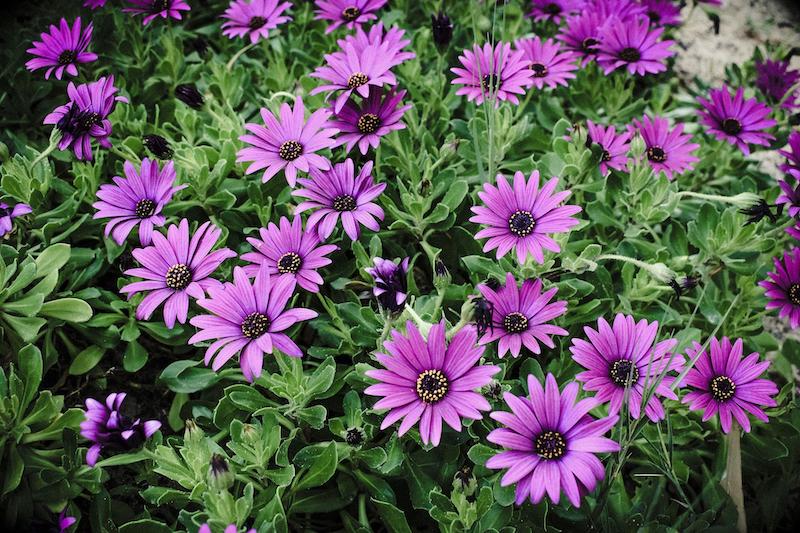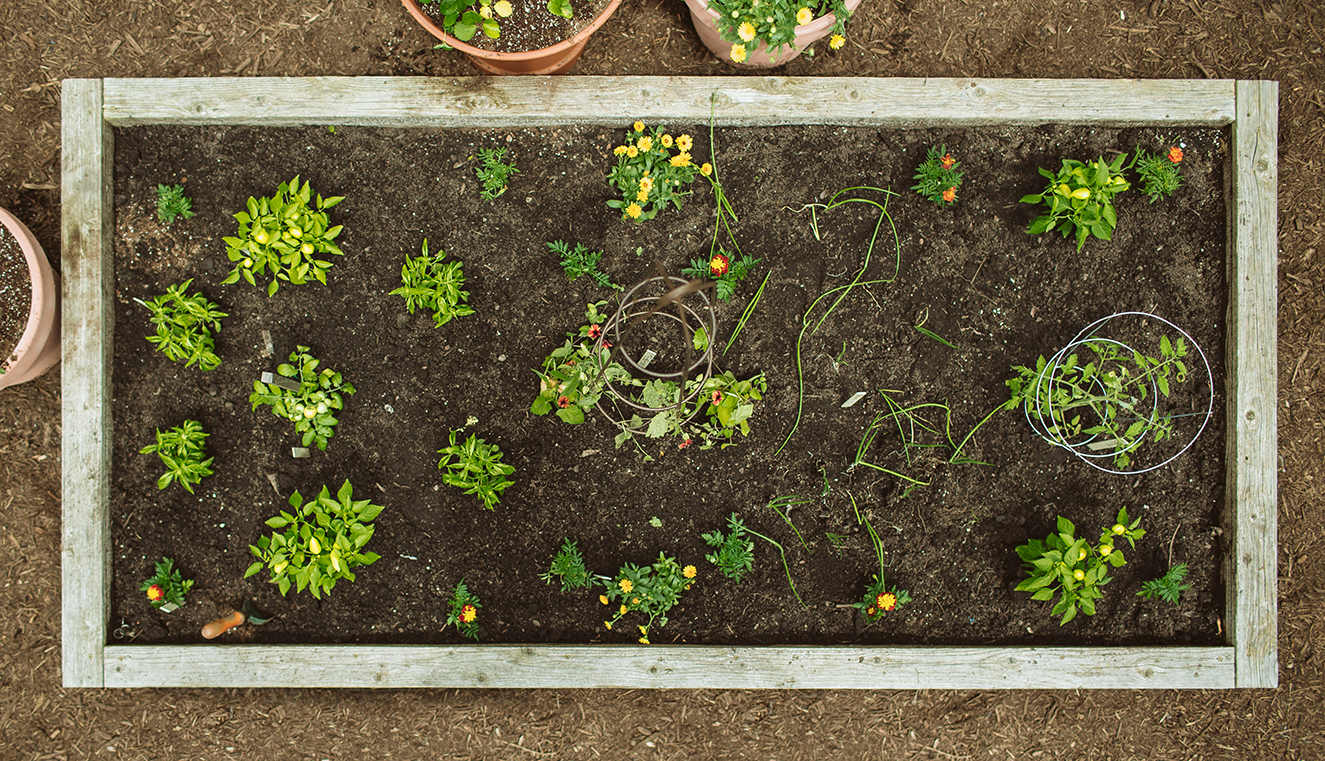African Daisy is known by many names. Scientifically, it is called Osteospermum. Other common names are Cape Daisy, Cape Marigold, or Blue-eyed Daisy. Even though this plant is a tender perennial, it is grown as an annual in most of the USDA hardiness zones. The compact plants can be added to just about any garden scheme. The flowers add lovely, bright shots of color that attract beneficial insects, and the foliage is an interesting contrast to ornamental grasses, broadleaf evergreens, or other herbaceous perennials. African Daisies are at home in the garden or growing in containers on a deck or patio.

What You Need To Plant African Daisy
- Transplanting spade or hand spade
- Complete fertilizer formulated for blooming plants or tomatoes
- Hand pruners
- Location with full sun
- Well-draining soil
- Water source
- A mulch of organic material such as compost arborist chips or shredded leaves
Where to Plant African Daisy
African Daisy needs full sun to bloom well. Shade in the early morning or late in the afternoon is acceptable. The soil should be on the acid side of the pH scale. Well-draining and loose soil is best. African Daisy does not like wet feet. The root system is fibrous, spreading, and shallow in the ground.

African Daisy Spacing
African Daisy is a compact grower that does not exceed 2 feet in height. Older plants can be spreading and reach 3 feet across. Plant African Daisies in multiples of 3 or 5 if space allows. Large drifts of one color have more impact than individual plants dotted around the garden. Space the plants at 16-inch intervals so they fill in the ground entirely as the season progresses. African Daisy rarely needs staking for support and is not considered an invasive grower.
Steps To Plant African Daisy
Step 1 - Dig a hole twice as wide and the same depth as the container the plant was growing in.
Step 2 - Mix a handful of complete granular fertilizer with the native soil dug from the planting hole.
Step 3 - Gently remove the plant and loosen any roots circling the root ball.
Step 4 - Place the root ball in the hole, keeping the plant's base level with the soil.
Step 5 - Backfill the soil into the hole and gently firm it around the rootball, ensuring the plant is straight.
Step 6 - Water the plant well, waiting for the water to soak in thoroughly.
Step 7 - Spread a 2-3 inch layer of mulch around the base of the plant.
When to Plant African Daisy
African Daisy is not cold hardy and needs to be planted only after the threat of frost in late spring. Container-grown African Daisies can be planted earlier if they can be moved to a sheltered spot during cold snaps. Planting is best done on overcast days when plants lose less moisture through transpiration. This timing lessens the likelihood of transplant shock. Another option is giving the plants some shade for a while after planting, which is easiest with container-grown African Daisies.
Transplanting African Daisies
As the new growth is beginning, perennial African Daisies should be divided early in the spring. Dig up whole plants to separate the new plants. These new plants can be replanted in the ground or used in containers. African Daisy also transplants from one location to another best in the spring. After transplanting, make sure to water and mulch the plants well. Transplanted and divided plants need to be treated like new plantings until they settle in.
 |
Author Robbin Small - Published 8-24-2022 |
